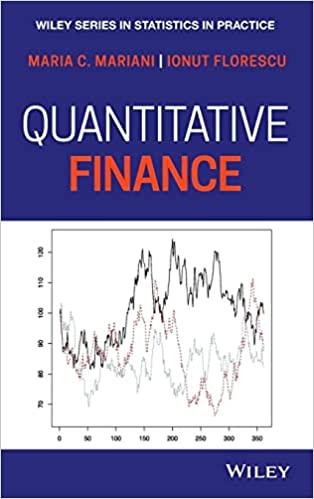Given the formulation of the free boundary problem for the valuation of an American Put option, [begin{aligned}&
Question:
Given the formulation of the free boundary problem for the valuation of an American Put option,
\[\begin{aligned}& \frac{\partial P}{\partial t}+\frac{1}{2} \sigma^{2} S^{2} \frac{\partial^{2} P}{\partial S^{2}}+r S \frac{\partial P}{\partial S}-r P \leq 0 \\& \frac{\partial P}{\partial t}+\frac{1}{2} \sigma^{2} S^{2} \frac{\partial^{2} P}{\partial S^{2}}+r S \frac{\partial P}{\partial S}-r P=0 \quad \text { if } S
using a suitable change of variable, transform the free boundary problem into the modified problem
\[\begin{aligned}& \frac{\partial u}{\partial \tau}=\frac{\partial^{2} u}{\partial x^{2}} \quad \text { for } \quad x>x_{f}(\tau) \\& u(x, \tau)=e^{\frac{1}{2}(k+1)^{2} \tau}\left\{e^{\frac{1}{2}(k-1) x}-e^{\frac{1}{2}(k+1) x}\right\} \quad \text { for } \quad x \leq x_{f}(\tau)\end{aligned}\]
with initial condition
\[u(x, 0)=g(x, 0)=\left\{e^{\frac{1}{2}(k-1) x}-e^{\frac{1}{2}(k+1) x}\right\}\]
where \(k=r / \frac{1}{2} \sigma^{2}\) (Hint: Use the change of variable, \(S=K e^{x}\) and \(t=T-\) \(\tau / \frac{1}{2} \sigma^{2}\).)
This modified problem can be solved numerically using the finite difference method.
Step by Step Answer:

Quantitative Finance
ISBN: 9781118629956
1st Edition
Authors: Maria Cristina Mariani, Ionut Florescu





